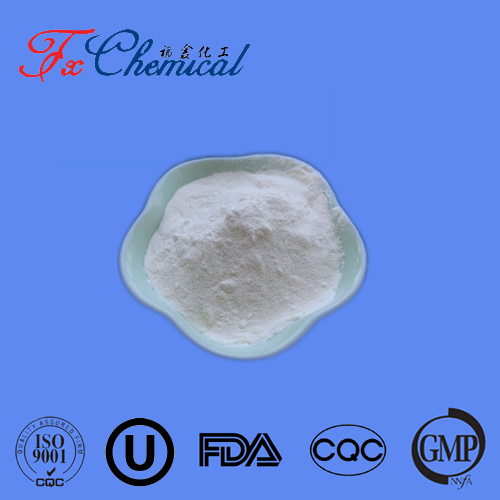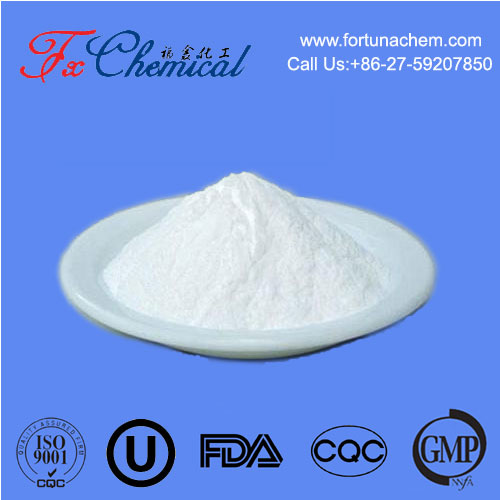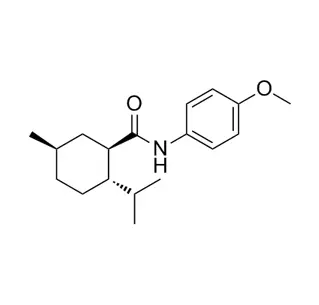
Search

Search

1,Improved Digestive Health: Resistant starch acts similarly to dietary fiber, aiding in regular bowel movements and promoting a healthy digestive system.
2,Blood Sugar Regulation: It can help stabilize blood sugar levels by slowing down the digestion and absorption of carbohydrates, preventing spikes in blood glucose after meals.
3,Weight Management: Resistant starch can increase feelings of fullness and reduce appetite, potentially aiding in weight management by controlling food intake.
4,Enhanced Gut Health: It serves as a prebiotic, feeding beneficial bacteria in the gut, which can lead to improved gut health and a stronger immune system.
5,Lowered Risk of Chronic Diseases: Some studies suggest that resistant starch may have a role in reducing the risk of chronic diseases like colon cancer and may contribute to overall heart health.
6,Improved Insulin Sensitivity: Regular consumption of resistant starch may improve insulin sensitivity, which is beneficial for individuals with insulin resistance or type 2 diabetes.
Foods high in resistant starch include green bananas, raw oats, cooked and cooled potatoes or rice, legumes, and certain types of beans. Incorporating these into your diet can provide these advantageous effects.
Resistant starches are classified into several types (RS1, RS2, RS3, and RS4) based on their structure and behavior during digestion. Here's a brief breakdown of these types:
RS1: This type of resistant starch is physically inaccessible for digestion due to its encapsulation within the cell walls of foods like grains, seeds, and legumes. These foods typically have a higher RS1 content.
RS2: Resistant starch type 2 is found in raw foods like green bananas, raw potatoes, and certain high-amylose grains. It's resistant because of its intact granular structure, making it resistant to digestion by enzymes in the stomach and small intestine.
RS3: This type of resistant starch is formed when certain starchy foods, like potatoes or rice, are cooked and then cooled. The process of cooling causes the starch to retrograde, forming structures that resist digestion.
RS4: Resistant starch type 4 refers to chemically modified starches that have been designed to resist digestion. These might be used in processed foods for various purposes, such as improving texture or providing a source of resistant starch.
Each type of resistant starch behaves differently in the body and can offer varying health benefits. For instance, RS1 is inherent in many plant foods, RS2 is found in certain raw foods, RS3 can be created through cooking and cooling, and RS4 is a modified form used in some processed foods. Including a variety of foods that contain different types of resistant starch can contribute to a balanced intake of these beneficial compounds.
Wuhan Fortuna Chemical Co., Ltd supply Food Additive Resistant Starch RS2 Extract from Natural Corn High Smylose 70% Dietary Fiber Indigestible Starch HAMS
RS2 (Resistant starch granule) is a raw starch granule with certain enzyme resistance and partial crystalline structure. It is found mainly in raw bananas, raw potatoes and high amylose corn starch (HAMS). Advantages of high amylose corn resistant starch: the addition of food raw materials is not limited, pure natural; It is resistant to digestion, usually symbiotic with slow-digestion starch, and provides soluble (enzymatic hydrolysis) dietary fiber, which can lower blood sugar and ensure effective nutrition compared with traditional fiber. Fine processing has no harm to gastrointestinal system and has good oral adaptability. The fermentation type is good, and the effect of prebiotics is more obvious; From large-scale farming of agricultural products, low cost can be adjusted; The dietary fiber content is high and more than 99% is soluble (after enzymatic hydrolysis) dietary fiber. High temperature resistance, low loss of active ingredients in high temperature process. Large-scale, standardized supply, the current large-scale supply of resistant starch RS2 only high amylose corn starch. Raw bananas and raw potato powder lose their effective ingredients when exposed to heat, which is the main reason why they are not accepted by the market.
Resistant starch has various applications across different industries and in food preparation due to its beneficial properties:
1,Food Industry: Resistant starch is used in food manufacturing to improve texture, stability, and shelf-life of products. It can be added to baked goods, pasta, cereals, and dairy products to enhance their nutritional profile by increasing fiber content.
2,Health Foods: In the health food sector, resistant starch is used in the production of functional foods, including energy bars, snacks, and beverages, to boost their fiber content and promote digestive health.
3,Weight Management Products: Resistant starch's ability to promote feelings of fullness and aid in weight management has led to its inclusion in products designed for weight loss or weight maintenance.
4,Medical Nutrition: In medical nutrition, resistant starch is utilized in specialized diets for people with specific health conditions like diabetes or digestive issues. It can be incorporated into formulations to manage blood sugar levels or support gut health.
5,Animal Feed: Resistant starch is also used in animal feed to improve digestive health and promote better absorption of nutrients in livestock.
6,Biodegradable Packaging: Some modified forms of resistant starch are used in the production of biodegradable packaging materials, reducing environmental impact compared to traditional plastics.
7,Research and Development: Ongoing research explores the potential of resistant starch in various fields, such as drug delivery systems and as a functional ingredient in new food products.
Its versatility makes resistant starch a valuable component in both food and non-food applications, contributing to health, sustainability, and functionality in different industries.

Quick Links
Add:
E-mail:
 English
English  Español
Español  français
français  العربية
العربية 


